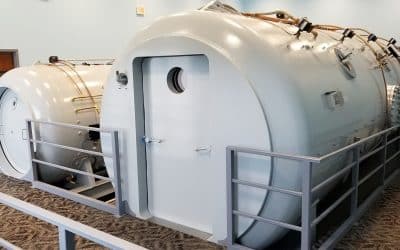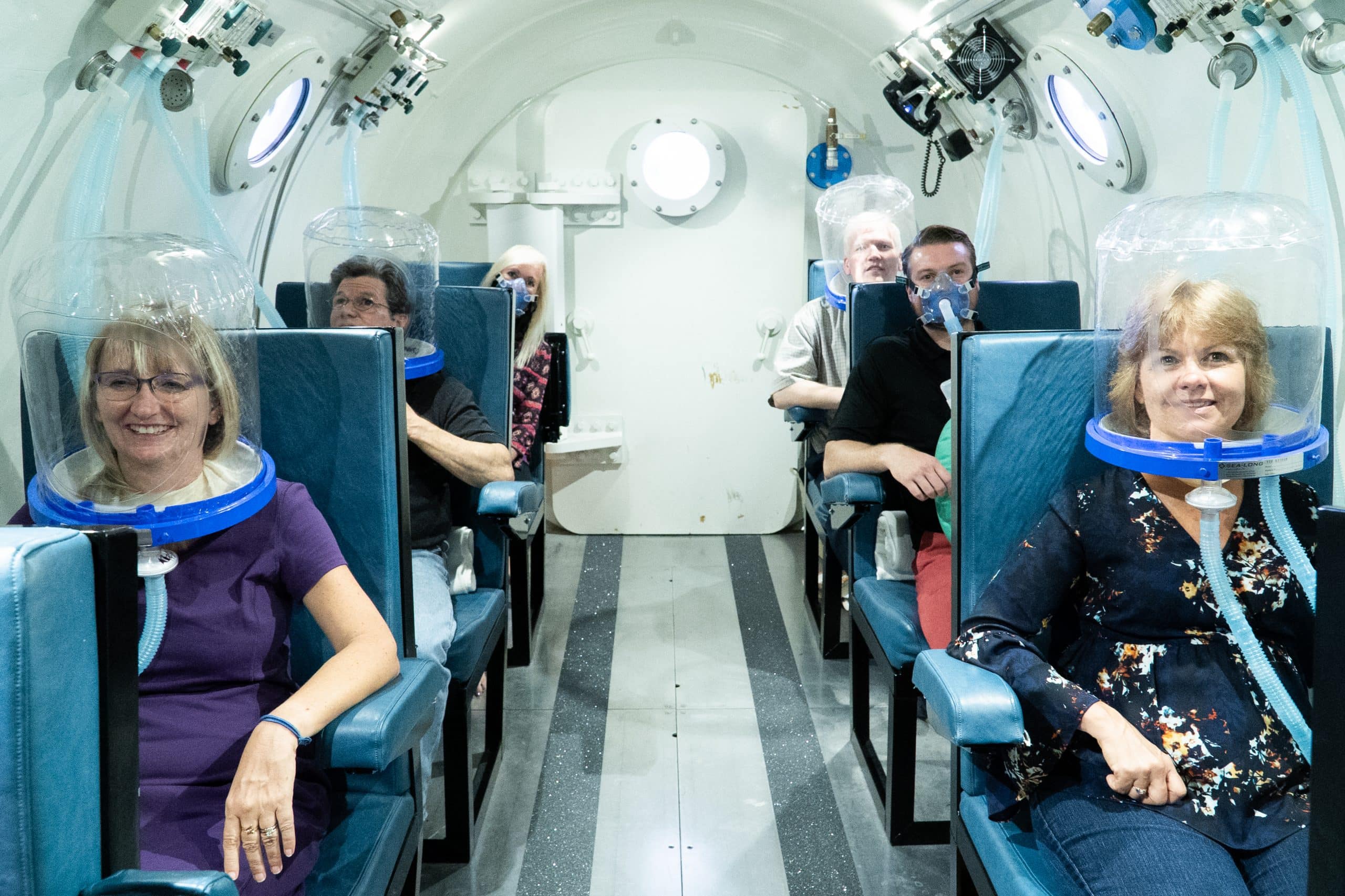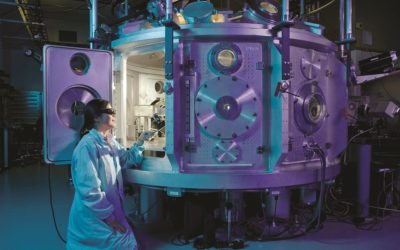In 2013 a 40 year old man came to visit in our Rheumatology Unit because of a recent bilateral shoulder and hip pain. He had been treated from 1990 to 2000 with Cyclosporin A and Sulfasalazyn because of an ulcerative colitis which was completely in remission from 2000 . Glucocorticoids at the mean daily dose of 50 mg were administered only in the first period (1990-92). X-plain rays showed a suspicious multifocal osteonecrosis of both femoral and humeral heads. Magnetic Resonance confirmed the diagnosis (stage III and IV following Ficat and Arlet’s criteria). The patient was treated with a cycle of hyperbaric oxygen therapy, with two cycles of intravenous clodronate and with a 2-month cycle of teriparatide.
Key Inflammatory Bowel Disease Research
Explore our database on Key Inflammatory Bowel Disease Research and Hyperbaric Oxygen Therapy aka, HBOT, below.
Extivita maintains an extensive research & publication database for various diseases and therapies such as Hyperbaric Oxygen Therapy, Neurofeedback, Nutritional IV Therapy, Infrared Sauna, and Pulsed Electromagnetic Field Therapy.
For a complete list of indications treated at Extivita, explore the conditions we treat.
Enhanced colonic nitric oxide generation and nitric oxide synthase activity in ulcerative colitis and Crohn’s disease
Recent studies have suggested that nitric oxide (NO.), the product of nitric oxide synthase in inflammatory cells, may play a part in tissue injury and inflammation through its oxidative metabolism. In this study the colonic generation of oxides of nitrogen (NOx) and nitric oxide synthase activity was determined in ulcerative colitis and Crohn’s disease. Colonic biopsy specimens were obtained from inflammatory bowel disease patients and from normal controls. Mucosal explants were cultured in vitro for 24 hours and NOx generation was determined. Nitric oxide synthase activity was monitored by the conversion of [3H]-L-arginine to citrulline. Median NOx generation by inflamed colonic mucosa of patients with active ulcerative colitis and Crohn’s colitis was 4.2- and 8.1-fold respectively higher than that by normal human colonic mucosa. In ulcerative colitis and Crohn’s colitis nitric oxide synthase activity was 10.0- and 3.8-fold respectively higher than in normal subjects.
HBOT for inflammatory bowel disease
Traditionally, hyperbaric oxygen treatment (HBOT) has been used to treat a limited repertoire of disease, including decompression sickness and healing of problem wounds. However, some investigators have used HBOT to treat inflammatory bowel disease (IBD), including Crohn’s disease and ulcerative colitis.
Comprehensive searches were conducted in 8 scientific databases through 2011 to identify publications using HBOT in IBD. Human studies and animal models were collated separately.
Exposure to increased pressure or hyperbaric oxygen suppresses interferon-gamma secretion in whole blood cultures of healthy humans.
This study examines the effects of hyperoxia, increased atmospheric pressure, and hyperbaric oxygen on cytokine synthesis.
Five healthy volunteers were exposed to 90 min of room air, 100% oxygen, 10.5% oxygen at 2 atm abs, or 100% oxygen at 2 atm abs (HBO2). All subjects were blinded and randomly exposed to each of the 4 conditions.
Immediately before entering the chamber, immediately after exposure, and 3 and 24 h later, blood was drawn and stimulated ex vivo with phorbol myristate acetate (PMA) and phytohemagglutinin A (PHA).
Hyperbaric oxygen improves healing in experimental rat colitis.
This study was designed to investigate therapeutic effects of hyperbaric oxygen on experimentally induced colitis in rats by assessing oxidative tissue damage, neutrophil accumulation and histological changes.
Six groups of animals were used. No procedures were done in the sham group. In the vehicle group, 50% ethanol-induced colitis, and in four other groups, 2,4,6-trinitrobenzene sulphonic acid-induced colonic inflammation was achieved. In acute and chronic colitis non-treatment groups, no other procedure was done. In acute and chronic colitis hyperbaric oxygen treatment groups, rats underwent hyperbaric oxygen treatment for two or fourteen days.




